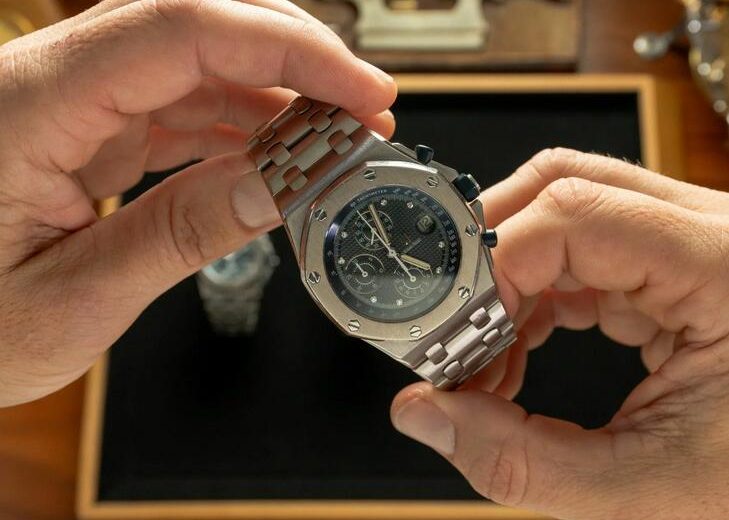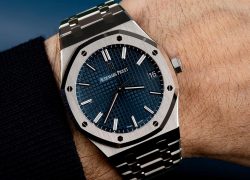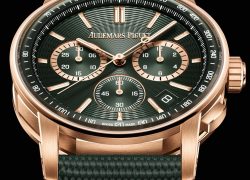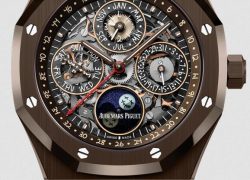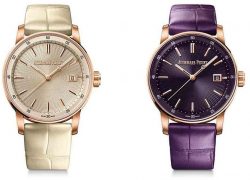If you’re used to wearing modern wristwatches, you’ll know that mostly, they are the result of decades of evolution. The brands themselves tend to be enduring icons, which have paved the way for the best replica watches we enjoy today. Within their catalogues there are watches which have existed for decades, albeit in different forms. Many of them have formed the basis of design that the very watch you’re wearing right now probably takes its language from. But these objects didn’t just appear. They were not the product of a meeting to discuss what a watch should look like. The most iconic designs in history have to come from passion, something you can’t really capture in a stuffy boardroom. These 1:1 UK fake watches were designed by some of the truly brilliant minds and hands in the industry, the pioneers of watch design. Let’s find out more about some of the most influential watch designers and their creations.
Carlo Crocco
Every now and again, someone with guts, tenacity and an overwhelming vision comes and turns everything on its head. That’s precisely what Carlo Crocco did in the 80s. The story begins as he left his position as part of his family business, the Italian Binda Group conglomerate, in 1976. Crocco embarked on his independent journey at the age of 32, forming MDM Genève in the heart of Geneva. His goal was to set about creating high quality replica watches which would exemplify Italian design, utilise solid Swiss craftsmanship, and defy all the usual conventions. This was something he felt the Swiss watch industry desperately needed, with the designs of the time following a somewhat stuffy direction.
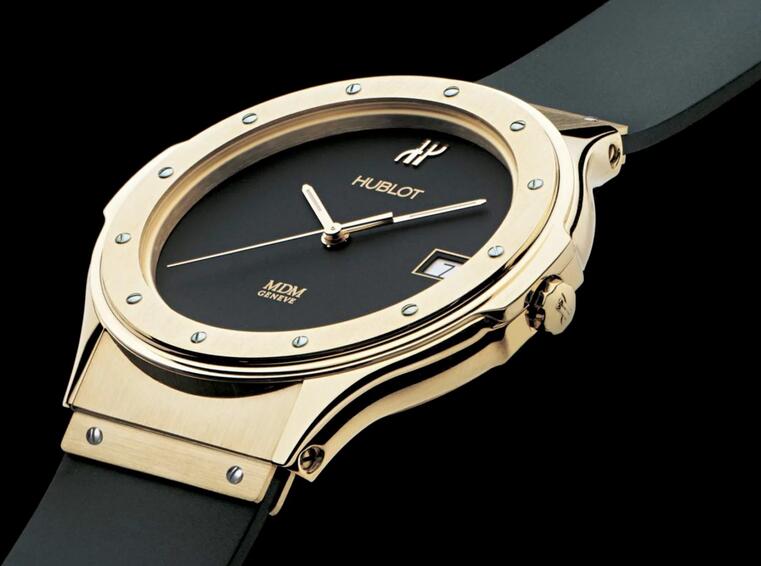
The luxury copy watches that resulted was the MDM Genève Hublot, once again a design based on a nautical theme, like the Patek Philippe Nautilus, based on a porthole no less. At the time, it was met with a fairly rough reception with very little interest at the Basel watch fair in 1980. However, as time passed, the unconventional Hublot gathered notoriety. This audacious timepiece, encased in gold and secured by 12 titanium screws, flaunted a rebellious black rubber bracelet, marking a departure from conventional norms. It was a gateway to a new era in watchmaking, where style was indeed able to be put first and foremost. The first luxury watch on rubber, this went on to be enormously popular even to today, where most brands offer some flexible strap options, and this is all part of Crocco’s genius.
He went against the grain and developed what he believed was the future, and the rest followed suit. This raucous upstart from Italy came and bullied the Swiss watch industry into changing their ways, which is no mean feat, to say the least. Top Hublot replica watches went from strength to strength as a brand, bringing the crafty businessman Jean-Claude Biver aboard in April 2005. The brand experienced a spectacular resurgence, propelled by the revolutionary Big Bang model that Biver conceptualised. Throughout this revitalisation, Biver consistently acknowledged the seed idea of “fusion,” an artful amalgamation of disparate materials, originally sown by Carlo Crocco. In 2008, amid whispers of acquisition, Crocco opted to allow luxury goods group LVMH to acquire Hublot, a decision substantiated by a substantial, though undisclosed sum.
Carlo Crocco’s ambition and drive to create something dangerous and divisive was not just a bet that paid off. It drove the entire industry to change. It pushed other brands out of their comfort zones and gave them competition like they’d never seen before. Often, the Classic Fusion gets overlooked, however it stands as a true icon, a beacon that represents the designer behind it. Crocco’s legacy extended into the realm of humanitarian endeavours. His foundation, MDM (“main dans la main”, “hand in hand” in French), reached across borders, extending a compassionate hand to disadvantaged children globally. Carlo Crocco emerged not only as a master craftsman shaping super clone watches for sale but as a conductor orchestrating symphonies of positive change across decades. His journey from the corridors of Binda to the founding of MDM Genève and the resurrection of Hublot reflects not just the evolution of a brand but the indomitable spirit of a visionary.
Marie-Laure Cérède
Female influence in the watch market is stronger than ever, with women’s replica watches wholesale purchasing power taking up over 54% of the market share in 2019. But it runs deeper than that. Firstly, with some of the biggest brands in the industry having women in more visible positions of power. One particular leading female figure in the watch industry, Marie-Laure Cérède, began her career in Paris at Cartier in the late 1990s. She spent six years finding her feet in the luxurious French jewellery house before taking off to New York to become the Artistic Director at the illustrious jeweller and watchmaker Harry Winston. Following a 12-year stint, she returned to Cartier in 2016 to then really cement her role of authority as she took on the role of Timepieces Creation Director.
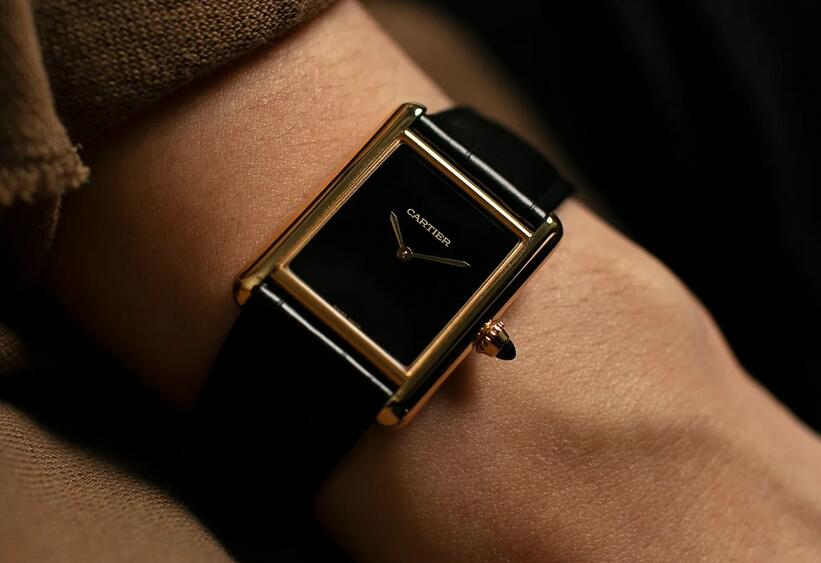
Cartier is certainly not a watch company that follows trends. They are a company that creates them. With their comprehensive back catalogue of some of the most impactful and unique online fake watches designs in history maintaining the foundations on which Cérède can build from, they are currently in their most successful period to date. Given the current, somewhat challenging ground the luxury watch industry finds itself in these days, it’s safe to say that Cartier is bucking that particular trend, too. Cérède is primarily responsible for the visual aesthetics of the watch department, and suffice to say that her influence has clearly played a pivotal role in this success. Her direction has resulted in a continuous run of watch releases, which not only build on the brand’s eminent history but expand it by creating modern instant classics. Some of these include the Pasha, the Santos, the Tank Cintree and the Tank Must, and quite frankly, it’s impressive enough to have those pieces all in the same sentence together.
Marie-Laure Cérède’s impact on 2024 AAA Cartier replica watches as a brand is quite extraordinary. As a brand that is widely known and respected for paving the way for the rest of the industry to follow, it could be easy to get things completely wrong and steer the ship in the wrong direction. In design, it can pay to be bold and challenging, but it can equally be destructive to be too divisive. But Cérède’s approach is one that maintains everything the brand stands for, ensuring everything remains immediately recognisable as a Cartier, but still manages to be a showstopper.
Emmanuel Gueit
“I was young, and I didn’t really care about taking risks with the watch”. These are the words of the kind of person you want to design your most important fake watches site. Emmanuel Gueit had been surrounded by watch design since his earliest childhood. Son of famed Jean-Claude Guiet, creator of the Piaget Polo and the inventor of rainbow settings, he was consistently influenced by the likes of his father, Gérald Genta and Gilbert Albert, who would spend time in his family home while growing up. This kind of exposure can only go on to produce great things.
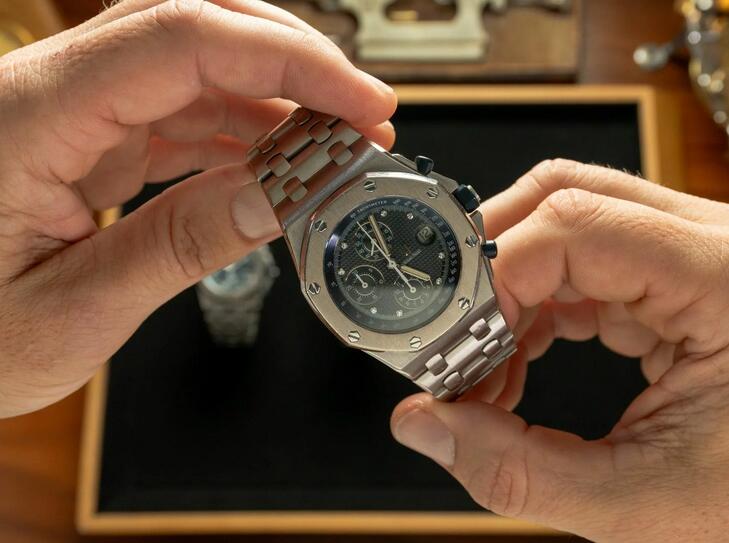
In the ’80s, following a somewhat challenging education, Emmanuel was an adventurous young freelance designer, moving from gig to gig. In a chance encounter with Audemars Piguet’s Managing Director Georges Golay, Gueit found himself becoming intertwined in AP’s business going forward until eventually being tasked with his biggest challenge yet. Audemars Piguet, at the time, were suffering from a bit of a crisis. They were struggling to attract a younger audience and needed something that would change that. 20 years after the famous Genta-designed Royal Oak, AP needed something fresh. Gueit set about putting the Royal Oak on a round of steroids, producing the now iconic Royal Oak Offshore. At 42mm it became one of the largest Swiss made replica watches on the market at the time, but Gueit had pulled inspiration from the likes of Rolex’s Sea-Dweller, and knew that if Rolex could sell these, AP could do it, too. And so, the Offshore went on to be one of Audemars Piguet’s most important lines and helped pave the way for larger watches in the Swiss watch industry.
Gèrald Genta himself was the most emphatic critic when it came to the Offshore, claiming his iconic design had been ruined. However, pop culture felt otherwise, with the watch becoming part of ’80s/’90s culture on the wrists of massive-armed megastars such as Arnold Schwarzenegger and Sylvester Stallone. Emmanuel created a hit. Bringing huge watches with wild materials like titanium and carbon fibre to Audemars Piguet and pushing them into a whole new market sector for them. Several years later, he joined Rolex in collaboration with their refreshed Cellini line in 2014. The redesigned cheap fake watches showcased Rolex’s traditional craftsmanship and Gueit’s ability to introduce impactful changes and bring things up to date.
I see Emmanuel Gueit as a bit of a charming rebel. A designer who knew full well that his approach would upset the apple cart but went and did it anyway. This rebelliousness didn’t seem to come from a simple disregard. It was a case of identifying what needed to happen and what direction a brand needed to go in. Introducing an evolution in a design language that was groundbreaking but also respectful of its lineage, something that is not easy to do at all. Emmanuel’s latest endeavour is assisting Ikepod on their renaissance. A brand which started out in the 90s, but now heading into a new era with Gueit designing dials for the Chronopod and the Duopod.
